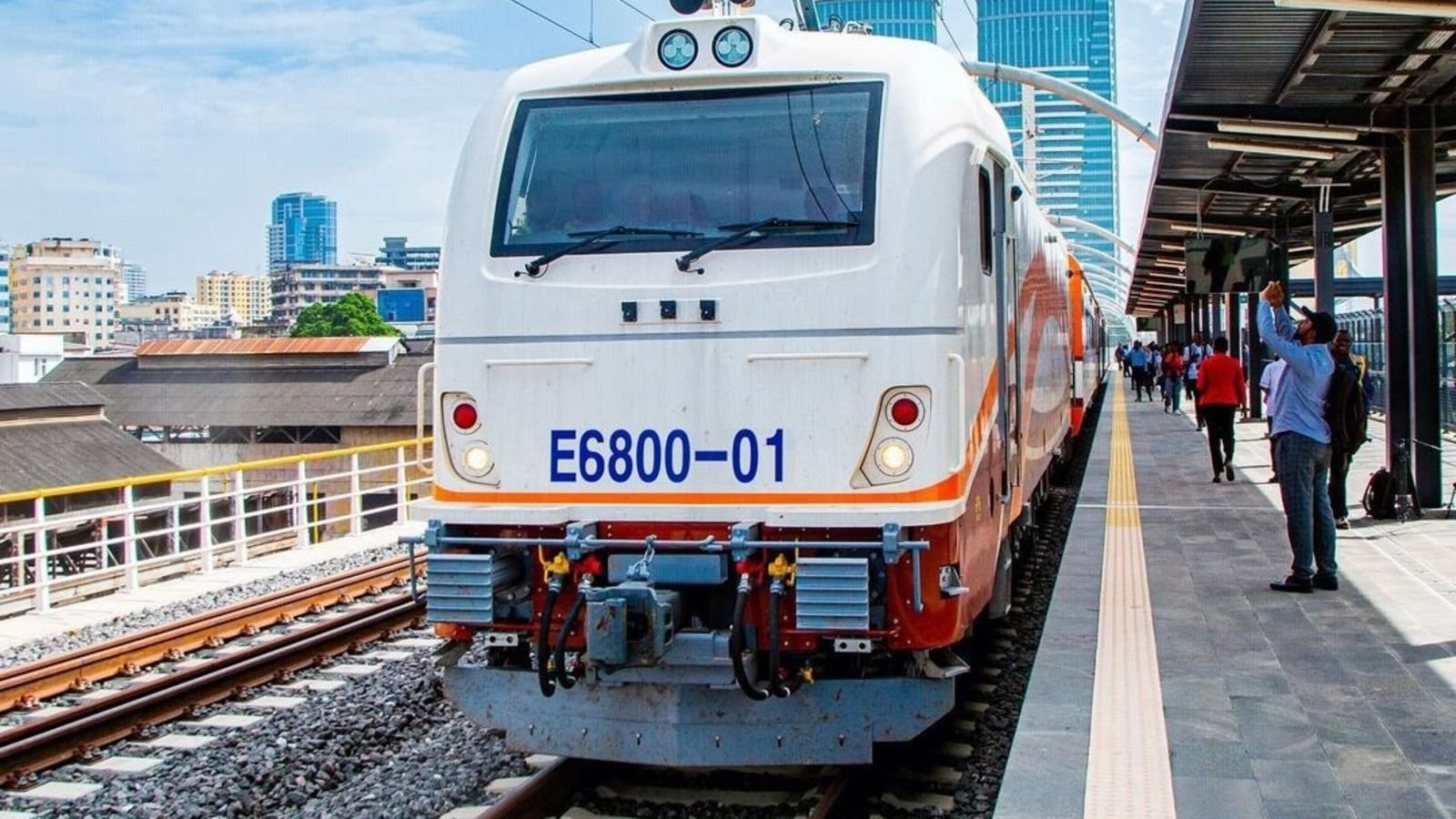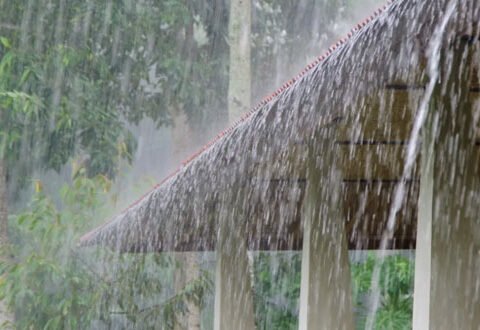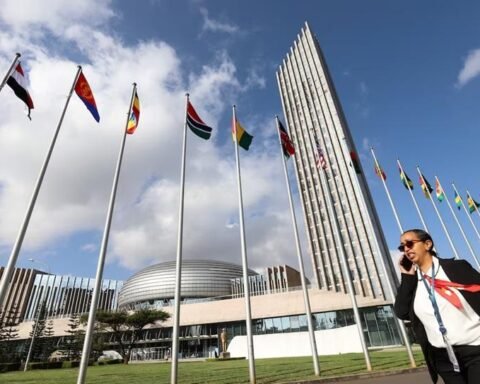In a display of growing regional cooperation, a delegation from the Uganda Railways Corporation (URC) has visited the Tanzania Railways Corporation (TRC) to learn more about the East African nation’s remarkable progress in modern railway operations, specifically its Standard Gauge Railway (SGR).
The visit, which took place at TRC headquarters in Dar es Salaam, was led by URC Chairperson Hon. Dhakaba Wangubo Abdallatif and Managing Director Mr. Benon Kajuna, with the aim of observing how Tanzania has effectively introduced an electric railway system while continuing to operate its traditional Meter Gauge Railway (MGR).
This isn’t the first exchange between the two nations. The same URC board visited TRC back in January 2023, and their return two years later shows a continued interest in leveraging Tanzania’s experience as Uganda pushes forward with its own infrastructure transformation.
Tanzania’s SGR system is among the most advanced in the region, designed to connect Dar es Salaam Port with inland regions. It uses electric trains capable of running at 160 km/h, greatly reducing transport times and costs, while promoting sustainability.
Also Read; Congo and U.S. Close to Critical Minerals Pact
Uganda, for its part, is on the cusp of similar progress. In October 2024, the country signed a €2.7 billion deal with the Turkish firm Yapı Merkezi to construct a 273-kilometer electrified SGR line from Malaba to Kampala, creating a modern rail corridor that links with Kenya’s SGR and ultimately to the Port of Mombasa on the Indian Ocean.
This infrastructure is part of the wider East African Railway Master Plan, a regional initiative coordinated by the East African Community (EAC), aimed at connecting member states through efficient, standardized railway systems.
The Tanzanian SGR also aligns with global goals for reducing reliance on road transport, thereby lowering greenhouse gas emissions and improving logistics. According to Mr. Masanja Kadogosa, TRC’s Director General, Tanzania’s approach balances innovation with legacy systems by running both modern electric and traditional rail lines in parallel.
For Uganda, this visit is an opportunity to learn how to effectively manage such a dual system, as well as to prepare for the operational, technical, and managerial challenges of launching its own SGR.







